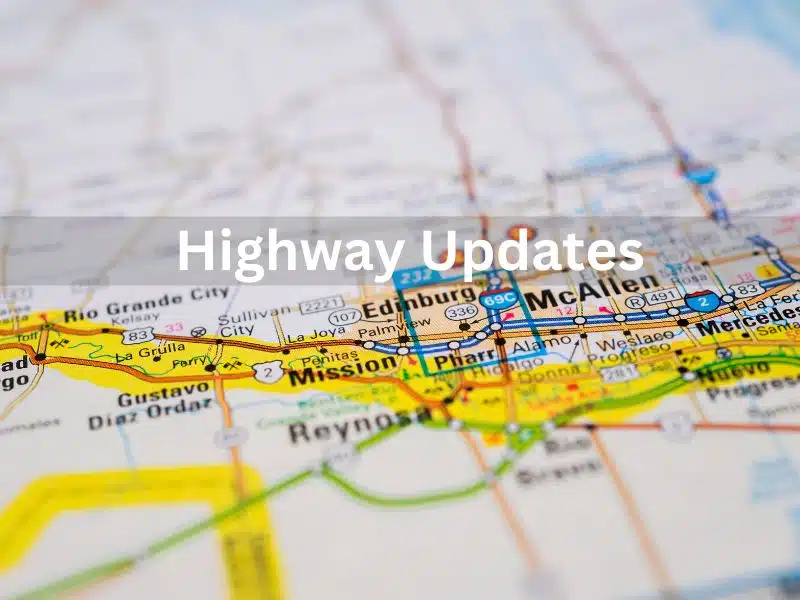
I-2 and I-69C Interchange Improvements: A Double-Edged Sword for Rio Grande Valley Drivers?
Car Accidents Motorcycle Accidents Personal Injury Truck AccidentsThe Rio Grande Valley is experiencing rapid growth, and with that comes increased traffic congestion. To address this, the Texas Department of Transportation (TxDOT) has proposed significant improvements to the interchange connecting I-2 and I-69C. While these changes promise to enhance traffic flow, they also raise concerns about potential accident increases during and after construction.
The Promise of Progress: Improved Traffic Flow
The proposed improvements to the I-2 and I-69C interchange are designed to alleviate bottlenecks and streamline travel. The addition of two-lane direct connectors and the reconfiguration of existing ramps aim to create a smoother, more efficient flow of vehicles. This is welcome news for commuters and businesses alike, promising to reduce travel times and improve overall connectivity within the region. The anticipated benefits include:
- Reduced Congestion: Direct connectors will eliminate the need for some drivers to weave through traffic, reducing congestion and delays.
- Improved Commute Times: Streamlined traffic flow will translate to shorter commute times for many residents of the Rio Grande Valley.
- Enhanced Economic Activity: Better transportation infrastructure supports economic growth by facilitating the movement of goods and services.
The Shadow of Risk: Increased Accident Potential
While the planned improvements offer substantial benefits, they also introduce new potential hazards. Major construction projects often lead to temporary lane closures, shifting traffic patterns, and increased driver confusion, all of which can contribute to accidents. Even after the project is completed, the new configuration of the interchange, with its direct connectors and reconfigured ramps, may present challenges for some drivers, particularly those unfamiliar with the area. Specific concerns include:
- Construction Zone Accidents: Work zones are inherently dangerous, with the potential for collisions between vehicles and construction equipment, as well as accidents caused by lane changes and sudden stops.
- Increased Traffic Density: While the improvements aim to improve flow, they may also encourage more vehicles to use the interchange, potentially leading to a higher volume of accidents.
- Driver Error and Confusion: Navigating a newly configured interchange can be challenging, especially for drivers who are not familiar with the changes. This can lead to wrong turns, sudden lane changes, and ultimately, accidents.
Protecting Yourself in a Changing Traffic Landscape
Navigating construction zones and complex interchanges requires vigilance and caution. Drivers should:
- Slow Down and Pay Attention: Reduce speed in construction zones and be extra attentive to changing traffic patterns.
- Follow Signage: Adhere to all posted signs and traffic directions.
- Be Patient: Allow extra time for travel and avoid aggressive driving.
- Stay Informed: Keep up-to-date on construction progress and planned road closures.
When Accidents Happen, We’re Here to Help
Even with the best precautions, accidents can still occur. If you or a loved one has been injured in a car accident, especially in or around the I-2 and I-69C interchange, it’s essential to seek legal representation as soon as possible. Brasure Law Firm is a dedicated personal injury law firm serving the Rio Grande Valley. We have extensive experience helping accident victims obtain the compensation they deserve for their injuries, medical expenses, and lost wages. Contact us today for a free consultation. Don’t face the aftermath of an accident alone – let our experienced team fight for your rights.



